Most oceanographers have assumed that, in the areas of the world's oceans known as High Nutrient, Low Chlorophyll (HNLC) regions, the iron needed to fertilize infrequent plankton blooms comes almost entirely from wind-blown dust. Phoebe Lam and James Bishop of the Earth Sciences Division at the Department of Energy's Lawrence Berkeley National Laboratory have now shown that in the North Pacific, at least, it just ain't so.
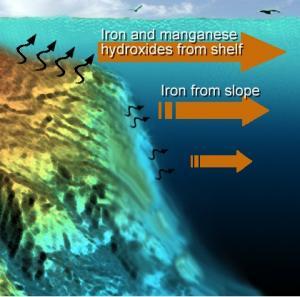
|
| ©DOE/Lawrence Berkeley National Laboratory
|
| From a site 47 degrees north latitude and 160 degrees east longitude in the Western North Pacific, iron and manganese found at depths of 100-200 meters originated hundreds of miles away, from the continental shelves of the Kamchatka Peninsula and Kuril Islands. Particulate and dissolved iron and manganese hydroxides came from the upper shelf, and, after further processing, more iron (now poor in manganese) came from deeper on the slopes.
|
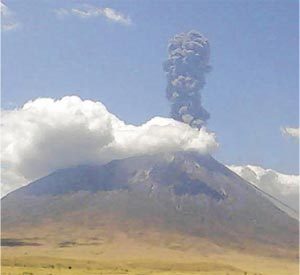
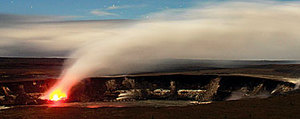
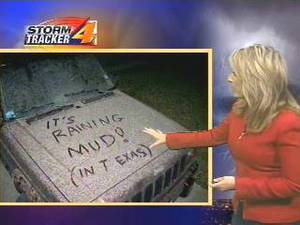
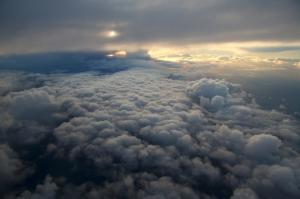
Comment: The University of Utah, as a member of the Advanced National Seismic System (ANSS), maintains a series of seismograph stations at Yellowstone National Park. Recent readings capturing a short series of quakes can be seen at their site.